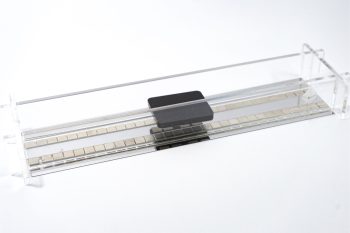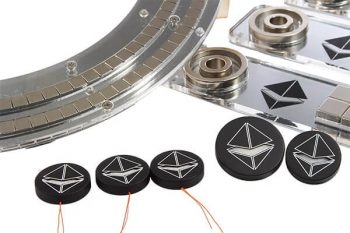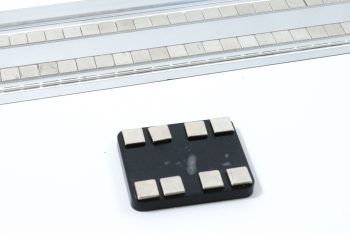In 1911, Dutch physicist and Nobel Laureate Heike Kamerlingh Onnes discovered that when you cool the element mercury (Hg) in liquid helium to a temperature of -270°C (-454°F) , it exhibits a phenomenon of zero electrical resistance, which he then called superconductivity.
For many years, all other low-temperature superconducting materials had critical temperature thresholds of only a few degrees Kelvin. In order to observe the effect, then, the material had to be cooled using liquid helium—which is both extremely costly and difficult to handle.
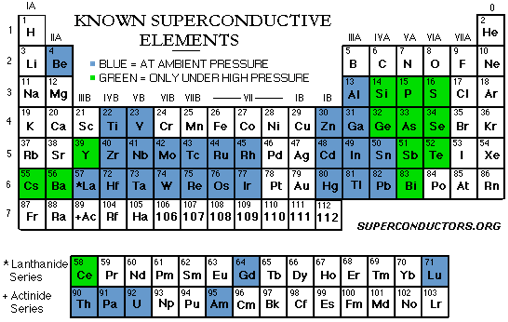
All this changed in 1986 in an IBM lab in Zurich, when J. Georg Bednorz and K. Alex Müller produced a ceramic material known as La2CuO4. It became superconducting with a higher critical threshold temperature of 35K (-238°C, -396.4°F). This discovery earned the two a Noble Prize in Physics (1987) and led to another breakthrough only a year later. Maw-Kuen Wu and Chu Ching-wu discovered YBCO (YBa2Cu3O7-x– yttrium barium copper oxide), a ceramic compound with an even higher threshold temperature of 92K (-180°C, -292 °F).
Affordability and easier access = proliferation of superconductive materials.
For the very first time, a material would finally exhibit superconducting behaviors when cooled at temperatures above that of liquid nitrogen (77K, -196°C, -320.8°F), which was much cheaper and easier to handle than liquid helium. From now on, anyone looking to demonstrate superconductivity and the effects of quantum levitation/flux pinning could do so by cooling YBCO superconductors in LN2.
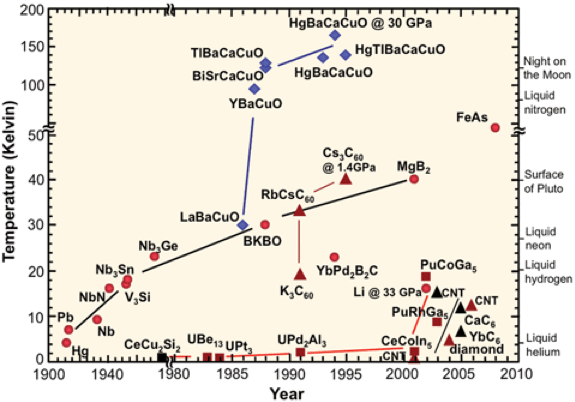
Our team met Professor Chu two weeks ago, at the University of Houston department of Physics. We were thrilled to meet the scientist who made the discovery that has fundamentally changed the way superconductivity can be applied—and of course, from our perspective, his work has enabled all of us at Quantum Levitation to share our love of science by developing our superconductivity kits.

And yet, the allure of finding a room temperature superconductor continues to tantalize physicists. Hints of a partial breakthrough were recently published by researchers at George Washington University in the United States, working in collaboration with the Argonne National Lab[1]. Using a synthesized compound called ‘superhydride’ containing a large amount of hydrogen – lanthanum (LaH10), they were able to exhibit superconductor behavior at close to room temperatures, but only under extreme pressures of about 200 gigapascals—or two million atmospheres.

In a little over a century since their discovery, superconductors have gone from an exciting lab-based phenomenon to a highly accessible innovation that inspires educators, students, and researchers to explore the properties of a variety of elements and further push the boundaries of physics.

